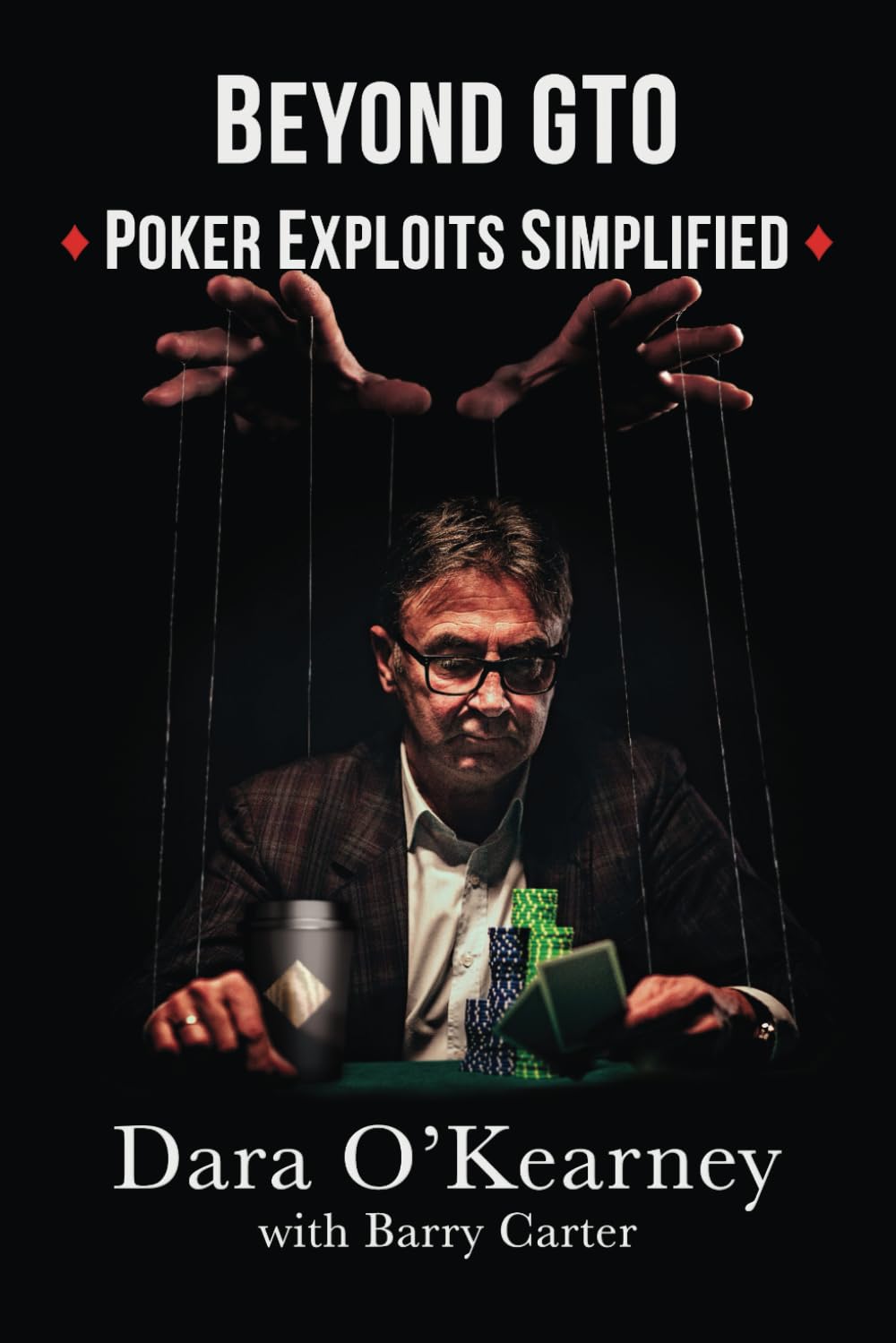Customer Services
Copyright © 2025 Desertcart Holdings Limited
Desert Online General Trading LLC
Dubai, United Arab Emirates



Full description not available
T**E
Excellent book on GTO deviation
Edit (original review below): Coming back just to emphasise how fantastic this book is, even on a second or third read.I'm neurodivergent and the way this book teaches you the errors in play from a whole array of different angles is the logic my brain desperately needed. It is the 'why' and 'how' that answers so many GTO/exploitative questions.It's not charts that say 'do this and only this!' because a solver approved it. It's saying 'sure, you can do this other thing, and he's where it leaves you short'. It allows you to incorporate deliberate mistakes into your exploitative game, knowing that if your opponents aren't reacting in the right way, you're printing money.Original review:To my knowledge, the only book (when coupled with their first GTO book) of it's kind in the market that will teach you everything about GTO play, then disects that into GTO strategies that tackle pretty much every common leak you can think of.What's brilliant throughout is how the language and terminology and thought processes are repeated and the same again and again. It's so easy to start building your own heuristics from this blueprint based on what they've taught.
M**Y
This is the real Secret Sauce for exploitaion
GTO theory is the best default strategy. Though in order to be a complete player you have to know when to and how to best play more exploitatively. I like this book because it's really easy to read and the information is very scientific - find you're own weakness and the weaknesses of other players. - It does what it says on the cover - It will take you beyond GTO and possibly anybody you will ever play against.
S**N
Great value as always
Dara and Barry's previous books have been very good, and this is no different. It's obvious the amount of work they put into their books and the passion they have for the game.So many actionable tips for making the right adjustments to exploit different leaks and the book has also helped me notice some of my own leaks to work on.Top work as always gents
K**R
An absolute bargain and a must have!
Another excellent book from the authors.Explanations are clear and concise which make the concepts covered in this book so much easier to mentally process which is good because at least some of the ideas will impact the way you view and play Poker.
Y**N
Fantasic Book on Exploits
Such a great read! Entire chapters on almost every type of player you could come across and how to adjust! Recommend reading GTO Poker Simplified first too. I read them in order and whilst it’s not essential to do so, I found they flow really well. Great introduction into node locking too!
S**S
A must buy!
Great book - turns out I had been playing wrong against calling stations for years.Everything in this book is immediately actionable and easy to follow, despite the heavy emphasis on solvers.
S**N
An excellent addition to the collection!!
The beauty of every Dara book is they work on two levels. They give you the basics that you can implement right away. Then on second read through you pick up on the nuance. Lots of poker books are too complicated for the average poker player, these books are ideal for newbies and beginners alike.Another great addition to the collection
L**G
Eye Opener!
It is an eye opener and has helped my poker game a tremendous amount!Always look forward to each book released as I learn something every single time and its written in a format easy to understand.I have the whole collection :-)
Trustpilot
3 days ago
1 month ago
2 days ago
4 days ago